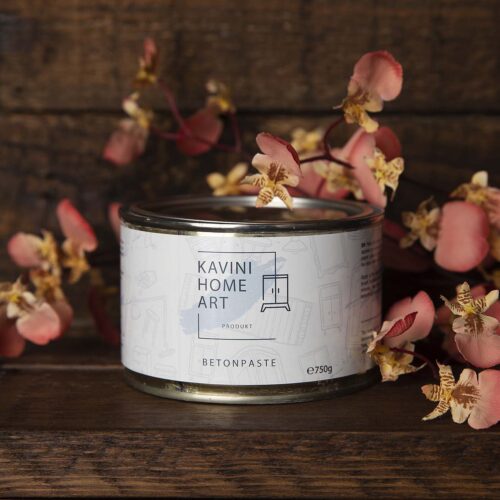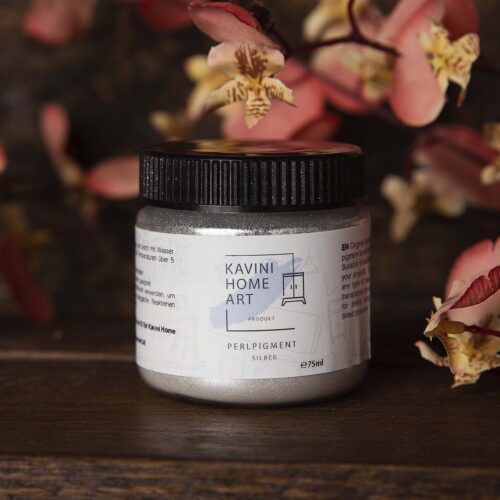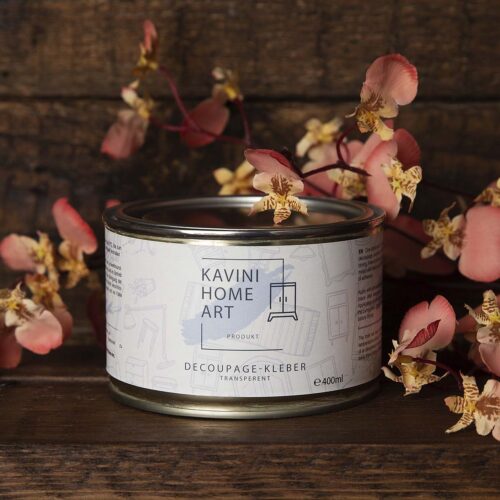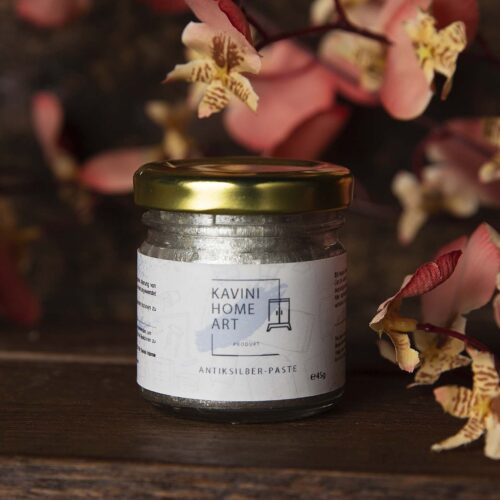Beschreibung
USE: Any well-cleaned surface can be used as a substrate. Porous surfaces should be primed beforehand.
The paste is applied once. In the first step, different figures and tools are made. Figures should be small in terms of the main surface. If necessary, elevations are ground. After drying well, a second layer is applied as a filling without figures. The elevations of the first layer stand out very well under the pressure of the second layer. The second layer can be the same color as the first or any other color. Wait again for it to dry and buff the surface with a metal tool or a woolen rag.
KAVINI HOME ART Raffaello paste can be polished very well without polishing pastes.
Tolerates varnish and everything else that is used in decoupage.
Can be combined with other water-based products to achieve different effects.
Suitable for painting with chalk paint.
Very old product that has been known since the Middle Ages. In the course of time, the composition and use have changed. The columns in the churches of Rome seem to be made of a single stone, in reality they are made of individual round stone blocks that have been coated with mortar. Artists then painted on the veins and colors of the stone. With Raffaello Paste you can imitate any pattern and then buff it to a high gloss. In some places in the Vatican there are even unfinished pink marble paintings – unfinished Raffaello, to be precise.
Over time, the method of application, the composition of the paste and the trade names under which it appears on the market have changed: Stucco Veneziano, Raffaello, Marmorino, Venetian plaster, etc.
The Raffaello paste has proven itself in many craftsmen and can be used successfully in decoupage to achieve different effects.




